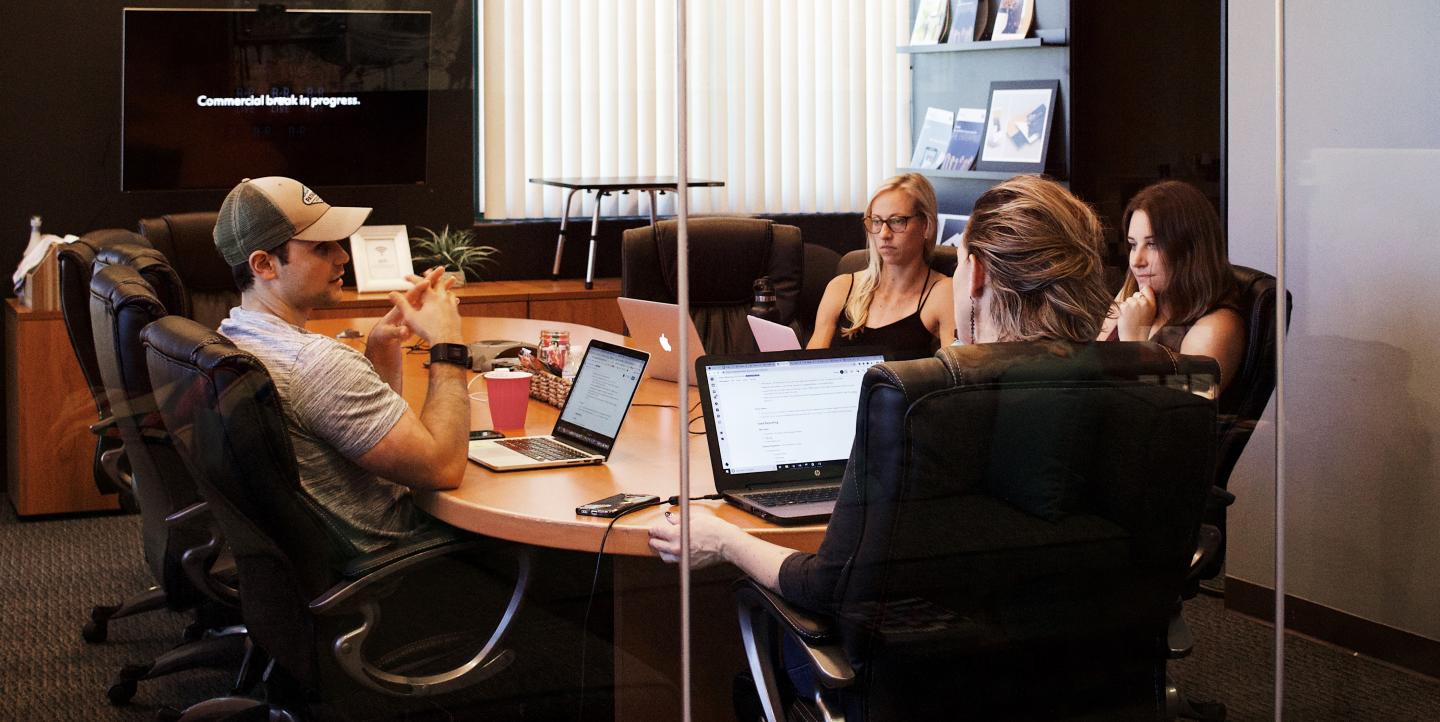Reflections on decades of managing news publications
A student in a media management course had to interview a media professional for his final research project. I agreed to be his subject, and in the course of an hour, he got me to talk about my philosophy of management in the digital era.
Reading over the transcript of that interview, I realized how my thinking had changed over the years. The main lesson I learned was to put people first. Growing up in the old newspaper model of the news factory, I developed skill in the processes of production, meeting deadlines, getting the product out the door. That was the priority: produce a sufficient quantity of content at a level of professional quality consistent with the limitations of time, money, and space (the news pages) available.
The paradox
Over time, I discovered an interesting paradox: Putting people first generates more profit. If you think first about developing your people and helping them achieve their personal and professional goals, the profit will follow. When you create an organization where people feel they are growing and learning and participating in a mission bigger than themselves, they become tremendously creative and productive.
This discovery was gradual. During the dot-com economic collapse of 2000, when many media organizations had to slash staff to maintain profitability, the chairman of our company sent a strong message to the publishers of the 40 business weeklies in our group — no layoffs. "We will have the experienced people on board when the economy recovers and we will be better positioned to take advantage of it."
This same chairman — a hard-nosed former reporter and editor — saw that profitability depended on leaders who mastered the so-called soft skills, the people skills, rather than just number crunchers. He sent publishers and editors through leadership training that involved analyses of their talents. You saw your 12 or 15 leadership talents graphed onto a pie chart: the big slices were your strengths, the small ones your weaknesses.
The message from the leadership trainers was clear: Focus on your strengths. Develop even more your top three or four talent areas and surround yourself with people to fill in the gaps. In my case, the strength areas they identified were: developing people, team building, and professional responsibility. What I was not good at, they said, were administrative processes and organization. Time proved these assessments correct.
Developing leaders
By this time I was a publisher and working with an executive coach. On his recommendation I started meeting regularly with each of my five department managers — the editor, sales manager, marketing/circulation director, business manager, and production director — to talk with them about their professional goals. They came up with their own goals. My job was to guide them toward achieving them.
I reserved one hour each week for each of them to review those goals, what actions they were taking to achieve them, the obstacles they were facing, and possible solutions. The coach showed me how to ask questions and guide each person to finding their own solutions. This gave them confidence and helped them grow.
These meetings were completely confidential, and it often came up that the obstacles each manager was facing involved conflicts with other managers. Often they wanted me to order someone to change. Instead I tried to help them figure out ways to resolve the conflict themselves.
This article by Dave Bailey — Why founders need coaches, not consultants — captures for me the essence of being an effective leader: listen to your people, ask lots of questions, understand what motivates them, and help them find their own solutions rather than dictating them.
Investment of time pays dividends
When I told some of my colleagues — we were 40 publishers — that I was meeting an hour a week with each of my five managers, they thought I was crazy. "How can you find the time?" They would ask.
In fact, those confidential sessions, those five hours a week, ended up saving me lots of time. These managers felt comfortable telling me about all of the problems of the organization. Many bosses guarantee that they won't hear bad news because they react with anger. People are afraid to tell them the truth. By contrast, I was learning about all of the problems we had and could work to keep them manageable or eliminate them.
As each of the managers learned how to solve problems on their own, my problems were reduced. I had more time to focus on raising the profile of the business journal in the community. That focus strengthened the brand and resulted in growth in ad revenue, employee recruitment and retention, attendance at company events, and profitability.
A great place to work, a learning organization
When you focus on developing your people, they will help you accomplish your mission. When hiring, talk with candidates about the mission and expectations. People want to join something that's bigger than themselves.
Work with people to help them discover and develop their talents. Sometimes that means they will want more responsibility than you can give them and will need to move on. If this is because they have grown, consider that a good thing. Those people will help you recruit replacements.
Your organization will get the reputation as a great place to work and learn and grow. You will always have lots of talented candidates. The people will make sure your organization stays successful in a highly competitive environment.
This post originally appeared on James Breiner's blog News Entrepreneurs and is republished on IJNet with permission.
James Breiner is a former ICFJ Knight Fellow who launched and directed the Center for Digital Journalism at the University of Guadalajara. Visit his websites News Entrepreneurs and Periodismo Emprendedor en Iberoamérica.
Main image CC-licensed by Unsplash via Campaign Creators.

